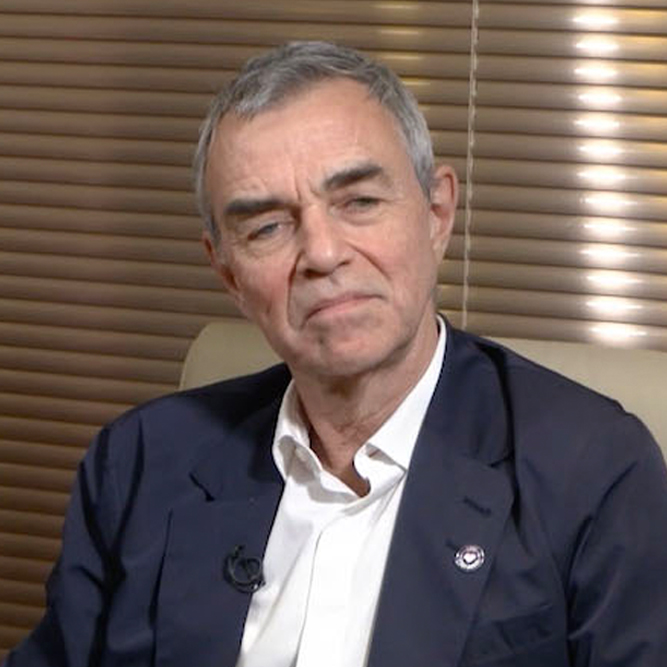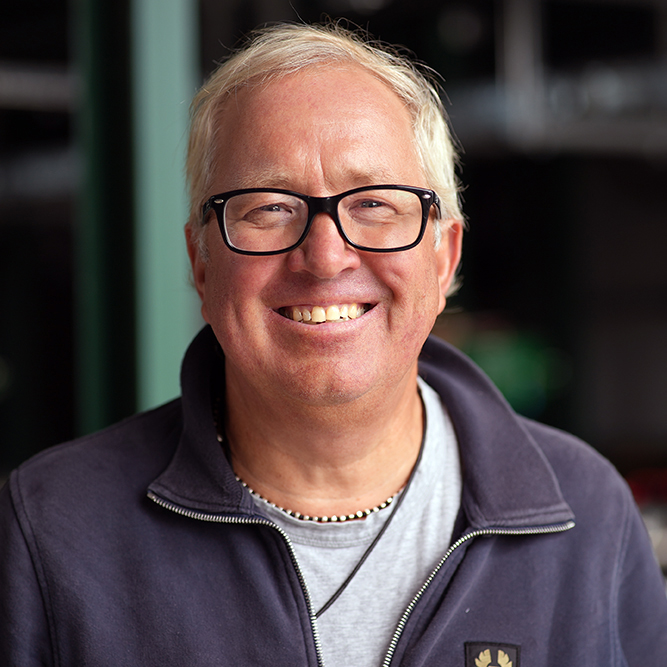Decarbonising our Built Environment
Podcast 2, Episode 2
In the final episode of our second podcast, the focus turns to the support needed to drive decarbonisation of the Built Environment and the goal of embedding energy efficiency and Net Zero carbon in existing and new buildings.
In conversation with environmental journalist, Gill Williams, property specialists David Partridge, Chairman of Related Argent and Chair of the Governance Board of the UK Net Zero Building Standard, and Brian Reynolds, Standard Gas’ Co-Lead for Carbon, discuss the role of governments and the markets in driving change across the sector.
While Brian highlights the role governments can play in terms of policy, he cautions against subsidies distorting market and technological development. For David, a key driver for achieving Net Zero across the property sector will be the development of a true carbon price, reflecting not just the energy inputs but also the impacts on the environment and the attractiveness of low-carbon property for both inhabitants, users, and investors.
An architect and leading property specialist, David Partridge, is a Trustee of the UK Green Building Council, and property industry homeless charity, Land Aid. He also sits on the Advisory Boards of Standard Gas Technologies Ltd and Construct Zero.
Brian Reynolds is a founding investor and Director of Standard Gas. He plays a leading role in the selection of new sites and corporate opportunities, the company’s carbon intensity reporting, and ISO accreditation. Brian’s commercial property experience was established over 30 years with Argent and Resolution.
TRANSITION TO NET ZERO WITH OUR CARBON-REMOVING TECHNOLOGY
Carbon Negative Energy: Each year, a single SG100 plant can generate up to 40,000 MW hours of carbon-negative power, enough for around 10,000 homes, offices or commercial properties, as well as for the transportation sector and wider industry.
Carbon Reduction: It will remove up to 25,000 tonnes of CO2e – equivalent to the annual carbon emissions of 5,000 cars. With electrolysis, a plant processing biogenic waste will generate over 650 tonnes of green hydrogen. And the SG100 closes the waste management loop, offering a better low carbon alternative to landfill and incineration.
Carbon Capture: TheSG100 technology also generates ‘biochar’ and ‘carbon char’, a black, granular, dust-like co- product that can be sequestered in valuable agricultural, environmental, and industrial applications.




